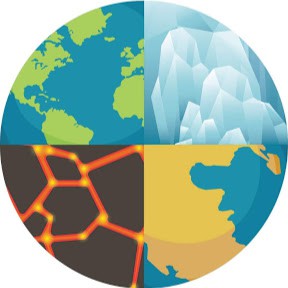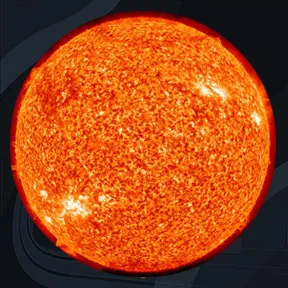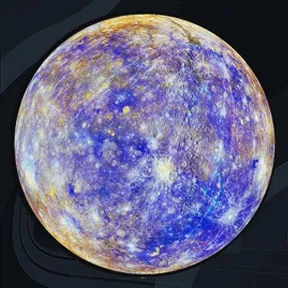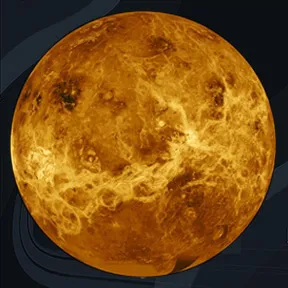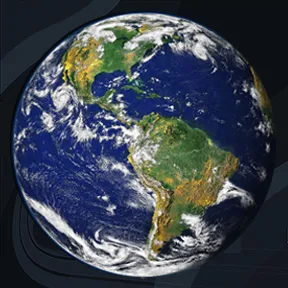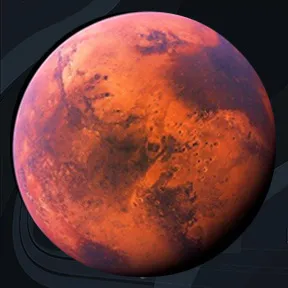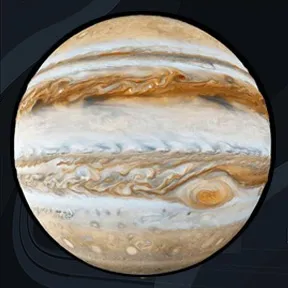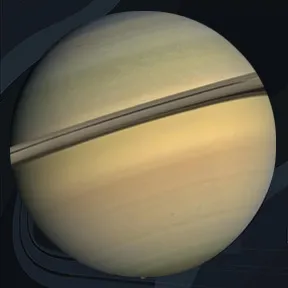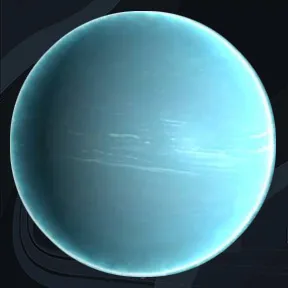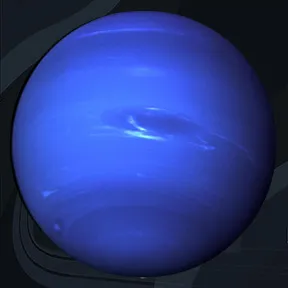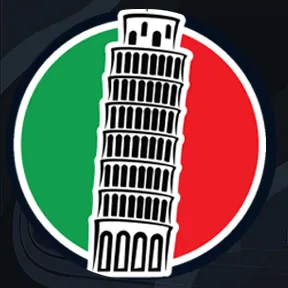History of the Earth | How did the Earth Form?
Written by William Painter | Edited and Narrated by David Kelly | Script edited by Pete Kelly | Art by Khail Kupsky | Thumbnail art by Ettore Manza
Note 1: Fractionation.
While some chemicals will remain gaseous (e.g.H and He) the rest will collect at the distance from the Sun with a temperature roughly equal to their temperature of deposition (the temperature a gas freezes into a solid).
Jupiter, Saturn, and the other gas giants have cores of frozen volatiles ejected from the inner disk; each planet’s core has a unique chemical blend related to the distance and temperature at which it formed. Since the nebula was originally close to 100% gas, the same fractionation of chemicals also affected the inner disk.
Note 2: Mars' Survival.
Mars survives because of its orbit at the inner edge of this depopulated zone. The embryos that form closer to Jupiter are caught up in its orbital resonances--whole number ratios between two bodies orbiting the same star.
These resonances deform the orbits of the embryos until they meet with some catastrophe. It is also possible that Mars emigrated to its position in the depopulated zone after forming nearer to the Sun and experiencing a close encounter with another embryo, possibly Earth.
Note 3: Grand Tack Theory.
This is called the Grand Tack theory, and it is an explanation for several otherwise unexplained conditions of the inner solar system. However there is significant disagreement over the early evolution of the gas giants.
There are three primary complaints leveled against the Grand Tack Theory.
1) The migration of Jupiter would significantly accentuate the eccentricities of the orbits of the rocky planets in a fashion not seen. However if the nebular gas was still present, even partially, the friction would return their orbits back to low eccentricities.
2) The asteroid belt should have been depopulated after two passes by Jupiter. However it could have been reformed by material launched inward by continuing migration in the outer disk.
3) The Grand Tack theory requires a 2:3 resonant orbital ratio between Jupiter and Saturn to reverse their inward migration. This would require the planets by-passing the 1:2 resonant orbital ratio and there is significant skepticism of this occurring.
We have included the Grand Tack theory because of its ability to explain the character of the inner disk and because it is representative of the fate befallen the inner disks of other systems.
Note 4: Formation of Mercury.
This is the most popular and most studied theory of Mercury’s formation. Despite this many questions remain about the capacity of a collision to strip away Mercury’s mantle. Other theories include Mercury losing its mantle via a series of hit-and-run collisions and then shifting orbits before reabsorbing the debris, its mantle eroding away via asteroid impacts, and its calm formation from an iron-rich innermost fraction of the solar nebula.
Note 5: Solidifying Earth.
The dynamics of the solidifying Earth are extremely complex and unconstrained. It is uncertain whether the Earth developed a solid veneer, how deep the magma oceans stretched or even if they were a global occurrence. Much of this uncertainty lies in the amount of energy available to sustain the magma oceans.
Note 6: Theories surrounding Theia.
There are three competing theories about Theia and its impact with Earth that attempt to explain discrepancies:
In the first Theia is a Mars sized proto-planet that has been nurtured in Earth’s gravitational shadow. Thus it obtains a nearly identical chemical composition and survives long into the planetary melee. Ultimately Theia thuds into Earth at an angle, spinning the Earth like a top. Theia’s outer layers spray into the disk but its core subsides into the liquified Earth.Theia is massive in the second scenario, equal in size to the proto-Earth but distinct in composition. One or both the proto-planets are already spinning rapidly.
They slump into each other, the prodigious energy from their collision allows thier matter to meld thoroughly. The rapidly spinning system swirls clouds of vaporized mantle into the lunar disk while the two protected cores churn and mingle. After the Moon has formed, the excess angular momentum is drained away by the Sun over eons.
In the third scenario a small, blistering fast Theia plows through the Earth but is not captured. Theia fragments but its velocity carries much of the shrapnel out of the coagulating lunar disk, which is instead composed mostly of Earth material.
Debates continue between these scenarios and their variations.
